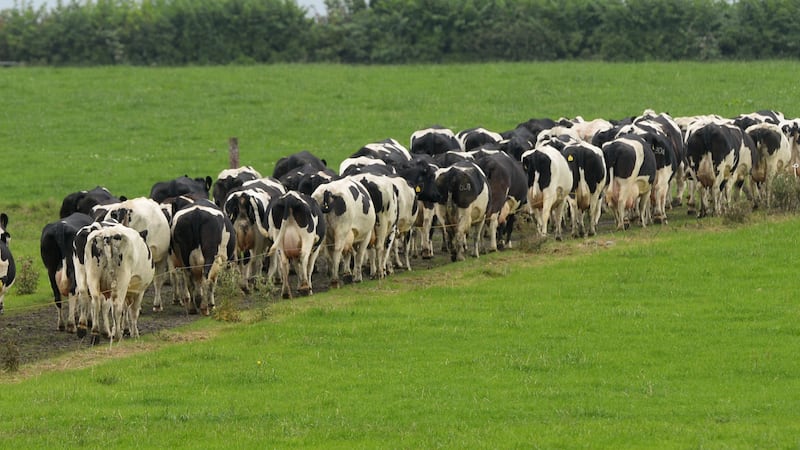From the top floor of The Irish Times building on Tara Street in Dublin, you can count about 70 construction cranes, evidence of an economy that has shaken off the crippling effects of recession.
It’s only when you realise that nearly all are involved in commercial development that you can reconcile such a vista of economic health with the State’s chronic housing crisis, a crisis which appears to be limping from bad to worse.
The latest property price figures from the Central Statistics Office (CSO) tell us little we didn't already know; that there's been an acceleration in prices since the start of the year; that the Government's tax scheme for first-time buyers has only fanned further price growth; that supply is nowhere near demand and won't be for at least a decade.
This is market failure on a grand scale, and there are no solutions coming from the Government or the private sector other than to wait for some long-term equilibrium, a scenario that won’t accommodate the current crop of young people waiting to get on the ladder or those on average wages.
Double-digit territory
The CSO’s latest numbers suggest property price inflation is back in double-digit territory after nearly two years of moderate growth. In Dublin, the year-on-year rise in February was 8.3 per cent, having been as low as 2.2 per cent in September 2015.
How much heat has been added to the market by the Government’s Help-to-Buy scheme and the loosening of the Central Bank’s mortgage lending rules is difficult to assess, but with so few big name developers involved in house-building projects, the supply problem outranks any other concern.
Even if the building rate accelerates to 25,000 units a year, the Government’s target level, it is still woefully short of demand, which is estimated to be 40,000, and that’s not even taking in the backlog in demand that has built up over the last five years.
To make matters worse, we have no reliable statistics on what we’re currently building. The Department of Housing says about 15,000 new dwellings were constructed last year but this figure is rubbished by experts, who suggest the true figure may be as low as 7,500.















